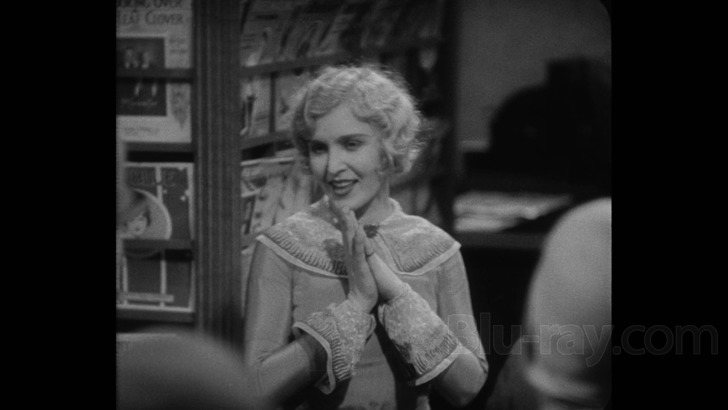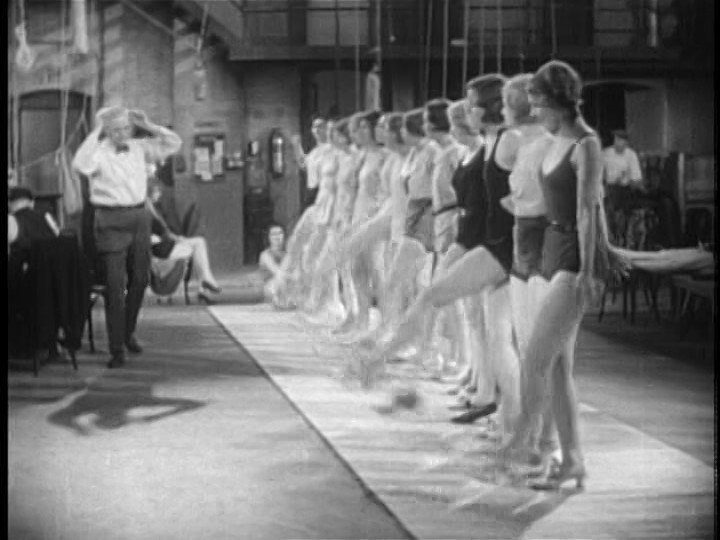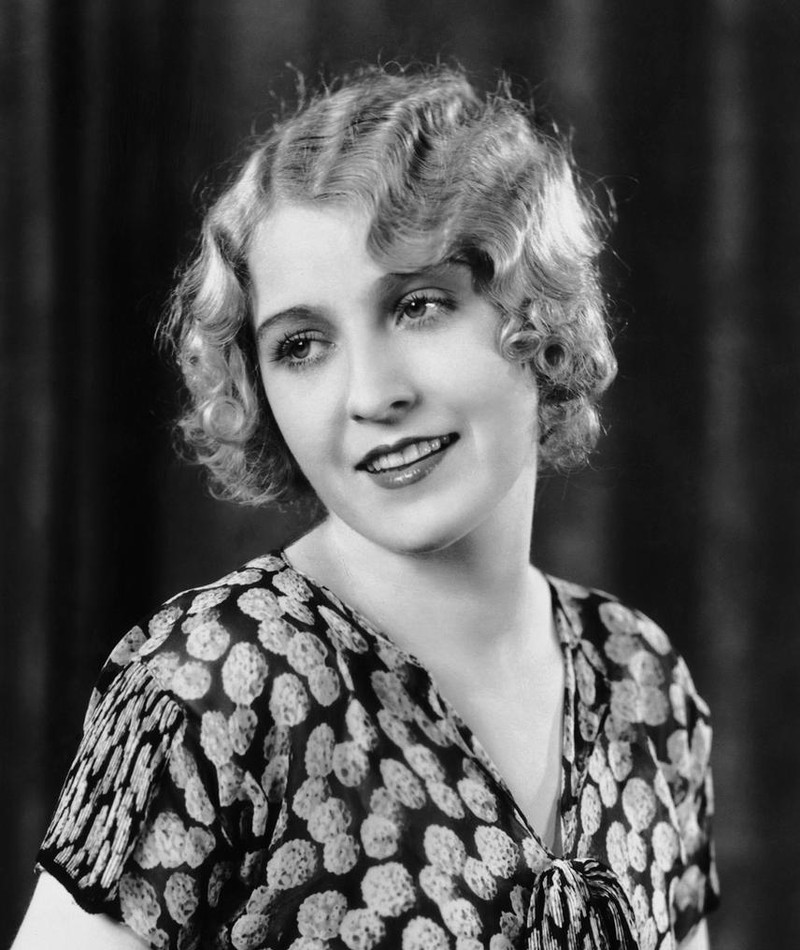Se existisse uma máquina do tempo que
funcionasse, que experiência do passado você gostaria de ter? Você escolheria
ir a uma festa luxuosa em Versalhes? Ou talvez participar de um banquete romano
regado a muito vinho? Você estaria na plateia da primeira apresentação de uma
nova peça de Shakespeare ou preferiria assistir a uma tragédia grega? Eu
escolheria a experiência de assistir a uma revista dos Ziegfeld Follies na
Broadway do começo do século XX. Para minha alegria, nós temos algo semelhante
a uma máquina do tempo para realizar meu desejo: o cinema. “Glorificação da
Beleza”, uma famosa revista dos Ziegfeld Follies, foi adaptada para o cinema com
os primeiros filmes falados e sobreviveu para ser um vislumbre do que Ziegfeld
costumava fazer no teatro.
If there was a functional time machine, which
experience from the past would you like to have? Would you choose attending a
lavish party at Versailles? Or maybe experience a Roman banquet with lots of
wine? Would you attend the first presentation of a new Shakespeare play or
prefer to see a Greek tragedy live? For me, the chosen experience would be
watching one of the Ziegfeld Follies revues on early 20th century Broadway.
Lucky for me that we do have something similar to a time machine to fulfill my
desire: the movies. “Glorifying the American Girl”, a famous Ziegfeld revue,
was made into a film in the early talkie era and survived to serve as a glimpse
to what Ziegfeld used to do in the theater.
Gloria Hughes (Mary Eaton) works in the music shop
inside a department store, singing the songs with a piano player to sell the
music sheets. She’s exploited by her mother and wants to go places and see
things before finally settling down with her boyfriend Buddy (Edward Crandall).
Gloria is the all-American girl: a hardworking dreamer.
One day, at a picnic organized by the department store, Gloria is discovered by a theater artist, Miller (Dan Healy), while she’s dancing and at the spot she joins a touring revue as Miller’s dancing partner. Turns out Miller has second intentions with Gloria, so she puts him on his place, which displeases her mother (Sarah Edwards), a real overbearing stage mother. The film then accompanies Gloria until she joins the Ziegfeld Follies. The climax is a filmed version of a Ziegfeld Follies revue in Technicolor, with special appearances of names such as Eddie Cantor and Rudy Vallee.
Most of the musical numbers are shot stationary, as if the camera was one of us in the audience. This changes in the big final number, in which the camera is put in other positions and strolls down the whole scenery. Even with these traditional camera placements, director Millard Webb and cinematographer George Folsey understood the filmic possibilities that couldn’t be met in theater and made beautifully shot scenes: one in the lake, one with a crowd at the picnic, and one where the camera matched the vision an ambulance driver had in a busy street.
Não há músicas muito memoráveis em “Glorificação
da Beleza”. Um dos quatro nomes creditados pela “música e letra” é Irving
Berlin, naquele que é apenas seu segundo crédito num filme – sendo o primeiro
por música e letra de “No Hotel da Fuzarca”, do mesmo ano. Berlin alcançou a
fama quando compôs “Alexander’s Ragtime Band” em 1911, e os filmes, agora
falados e cantados, eram um passo natural para ele.
There are no catchy songs in “Glorifying the American Girl”. One of the four credited for “music and lyrics” is Irving Berlin, in only his second credit in a movie – the first being for music and lyrics in “The Cocoanuts”, from the same year. Berlin had rose to fame when he composed “Alexander’s Ragtime Band” in 1911, so the movies, now talking and singing, were a natural step for him.
Mary Eaton é mais conhecida hoje como irmã de
Doris Eaton Travis, a Ziegfeld Girl que viveu até os 106 anos. A carreira de
Mary começou com a irmã numa produção de “O Pássaro Azul” em 1911, quando Mary
tinha 10 anos de idade. Mary juntou-se aos Ziegfeld Follies em 192, participando
das revistas por três anos consecutivos. Tal estrela era a escolha natural para
ser a protagonista da versão para os cinemas de “Glorificação da Beleza”.
Naquele mesmo ano de 1929, Mary se casou com Millard Webb, diretor e roteirista
do filme. Alcóolatra, Mary deixou de aparecer em filmes depois de “Glorificação
da Beleza” e abandonou os palcos em 1932. Ela morreu aos 47 anos, vítima de
ataque cardíaco.
Mary Eaton is best known today as the sister of Doris Eaton Travis, the Ziegfeld Girl who lived to be 106. Mary’s career began with her sister in a production of “The Blue Bird” in 1911, when Mary was only 10. Mary became part of the Ziegfeld Follies in 1920, appearing in their revues for three consecutive years. It was a no-brainer that such a star would be chosen to be the lead in the film version of “Glorifying the American Girl”. That same year of 1929, Mary got married to Millard Webb, the director and writer of the film. An alcoholic, Mary ended her film career after “Glorifying the American Girl” and her stage career in 1932. She died at 47 from a heart attack.
A Wikipedia diz que “Glorificação da Beleza”
foi um fracasso quando estreou, e ainda hoje não arranca elogios de críticos
que o veem em retrospectiva. Eu me atrevo a discordar. Como um dos primeiros
filmes falados e um filme feito antes do Código Hays, é uma curiosidade bacana,
um musical com uma trama sólida e um raro vislumbre do que era a apoteose de
uma revista dos Ziegfeld Follies. A máquina do tempo existe, e foi inventada
pelos irmãos Lumière: a maior máquina do tempo do mundo é o cinema.
Wikipedia says that “Glorifying the American Girl” was
a flop when released, and still hasn’t met success with retrospective critics.
I dare to disagree. As an early talkie and a pre-Code film, it’s a nice
curiosity, a musical with a solid plot and a rare glimpse of what was the
apotheosis of a Ziegfeld Follies revue. The time machine exists, and it was
invented by the Lumière brothers: the world’s biggest time machine is cinema.
This is my contribution to the Sixth Annual Broadway Bound blogathon, hosted by Rebecca at Taking Up Room.
/media/movies/covers/2020/02/34802403_so.jpg)






The way you describe the musical numbers in this reminds me of similar staging in the movie I reviewed for this blogathon, Lord Byron of Broadway. Hollywood seems to have been intoxicated with the stage during the early talkie period-- I suppose because of the new technologies. Great review!
ReplyDeleteYes, exactly! A time machine does exist, thanks to the Lumière brothers.
ReplyDeleteI saw this film some time ago, and liked it well enough, but I loved Sarah Edwards as the stage mother. She alone was worth the price of admission, in my opinion.
Thanks for sharing the biographical info on Mary Eaton. I didn't realize she died at a relatively young age.
I agree with you about the time machine--it's fortunate for history that Ziegfeld made this movie, because it really is a time capsule. That's interesting about Mary Eaton, too. I wonder how many Ziegfeld girls died young like that. Thanks again for joining the blogathon with this great review, Le! It was fascinating as always.
ReplyDelete